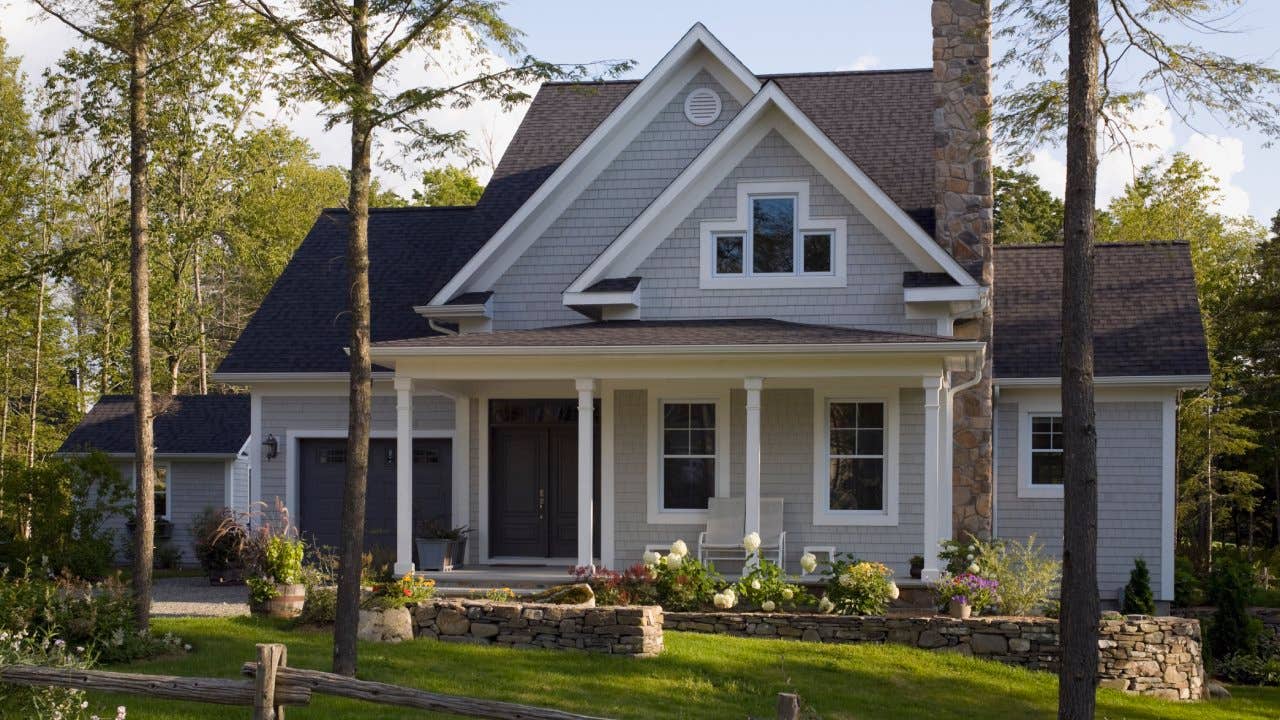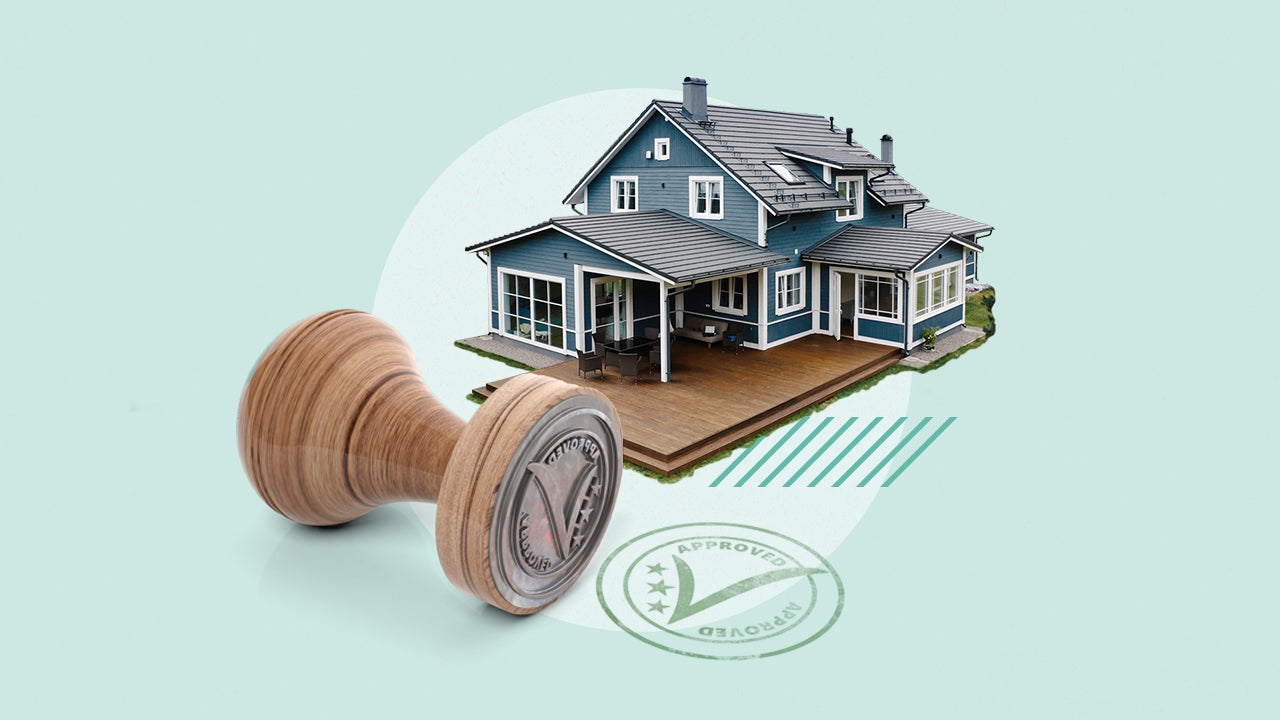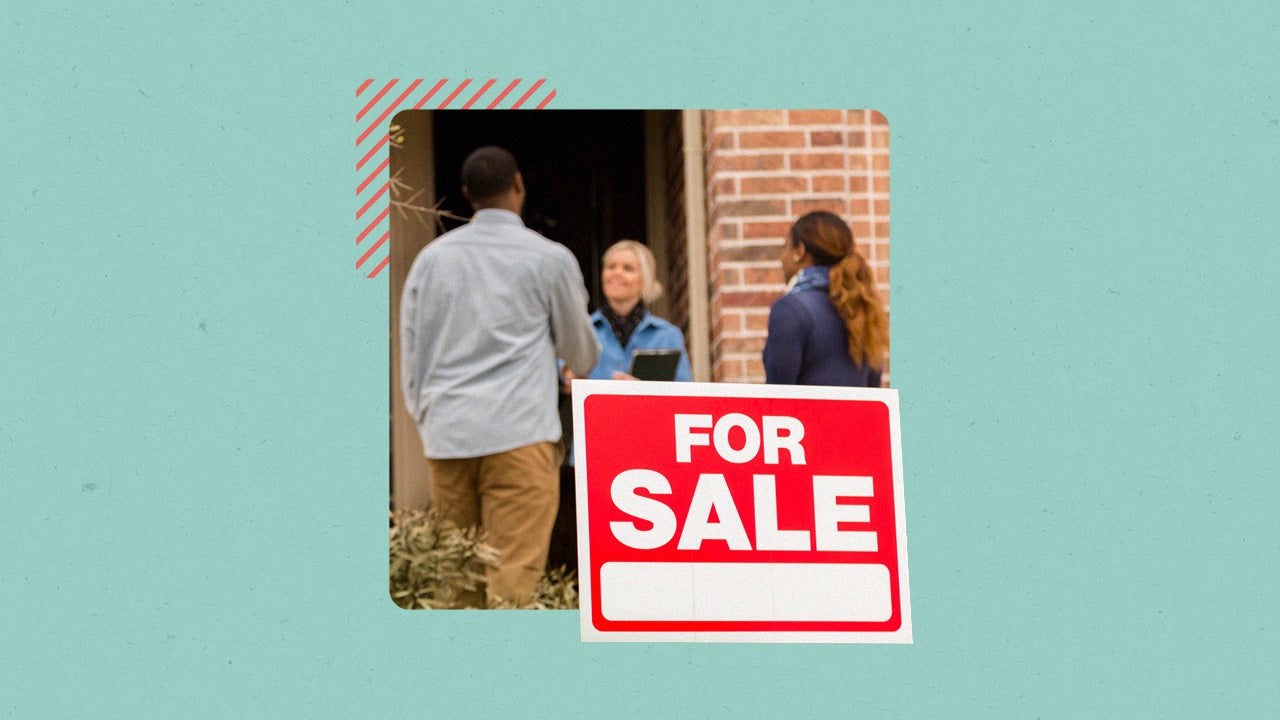U.S. mortgage statistics and FAQ

Mortgage rates have increased since the rock-bottom days of 2020 and 2021, making homebuying all the more challenging and giving most homeowners no incentive to refinance. Many expect rates to decrease by the end of 2023, however, possibly settling back into the 5 percent range.
A slowing economy and an easing of inflation pressures are the prerequisites for lower mortgage rates.— Greg McBride, Bankrate's Former Chief Financial Analyst
Mortgage data and statistics
- Residential mortgage debt in the U.S. totaled $11.92 trillion as of the fourth quarter of 2022, according to the Federal Reserve Bank of New York.
- Commercial real estate debt in the U.S. totaled $5.62 trillion in 2022, according to commercial real estate data provider Trepp.
- Mortgage lenders issued 1.52 million residential loans in the fourth quarter of 2022 — the biggest decline since 2014, according to ATTOM.
- The average balance for a first mortgage reached a record high in 2022, at $323,780, according to the Mortgage Bankers Association.
- Sixty-two percent of respondents to a 2023 John Burns Research & Consulting survey believe 5.5 percent is the “historically normal” mortgage rate, with 71 percent of would-be homebuyers reluctant to purchase at a rate higher than that.
- Less than 500,000 mortgages were refinanced in the fourth quarter of 2022, representing the lowest volume since 2000, according to ATTOM.
- HECM (reverse mortgage) activity fell 48.2 percent in April 2023, according to reverse mortgage data provider Reverse Market Insight.
Mortgage origination volume by loan type
| Loan type | Origination volume, 2022 |
|---|---|
| Note: These figures represent first-lien data only. Source: Urban Institute |
|
| Conventional | 53.2% |
| Portfolio | 23.7% |
| FHA and VA | 19.8% |
| Private-label securities | 3.3% |
- Conventional mortgages aren’t backed by the government. Most mortgage lenders offer these loans, which come in a range of terms with fixed or adjustable interest rates.
- FHA loans have more flexible credit and other qualifying criteria than conventional loans, but require borrowers to pay mortgage insurance in addition to the monthly payment.
- If you’re a veteran or surviving spouse, you might qualify for a no-down payment VA loan.
- Likewise, some borrowers in specific rural areas might qualify for a no-money down USDA loan.
- Unlike the majority of mortgages sold to Fannie Mae and Freddie Mac, portfolio loans aren’t sold to investors.
Mortgage origination volume by loan term
The most popular type of mortgage is the 30-year home loan, which gives homebuyers three full decades to pay it off, meaning smaller payments over a longer period of time.
| Type of mortgage | Marketshare | Originations (Dollar volume) |
|---|---|---|
| Source: Home Mortgage Disclosure Act data, 2021 | ||
| 30-year fixed-rate | 70% | $3.91 trillion |
| 15-year fixed-rate | 9% | $486.73 billion |
| 5/1 ARM | 1% | $83.71 billion |
| 7/1 ARM | 2% | $117.45 billion |
| Other fixed-rate terms (such as 10 or 20 years) | 10% | $583.73 billion |
| Other ARM terms (such as 10/1, 5/6 and 7/6) | 7% | $410 billion |
Current and historical mortgage rates
Today’s mortgage rates are much higher than they were in recent years, dramatically pushing up monthly payments and making it harder for renters to get into the market. Still, today’s rates are close to the historical average.
The initial economic fallout from the pandemic made borrowing money cheap, but if you were buying a home in 2020 and 2021, you had to contend with both record-low mortgage rates and record-high home prices. Those record-low rates were especially attractive to homeowners, who took advantage of the opportunity to refinance.
The housing market changed in 2022, when the Federal Reserve began raising interest rates. Those moves, coupled with inflation and other factors, put the brakes on the home-selling frenzy and shut even more buyers out of the market.
The Fed has signaled it could pull back on the tightening in 2023 as inflation settles, which could bring mortgage rates back to a more affordable level.
Mortgage FAQ
-
A mortgage is a loan that helps you buy or build a home, condo, townhouse or some other kind of property. Some mortgages are fixed-rate, meaning the interest rate never changes, and others are adjustable-rate, which means the interest rate resets periodically.
-
One way to determine how much mortgage you can afford is the 28 percent rule: Spend no more than 28 percent of your gross monthly income on housing costs. Your other debts (credit cards, car loans and student loans) also play a role in mortgage affordability, however.
-
To get a mortgage, you’ll need a strong track record of financial discipline: A good credit score, a solid debt-to-income (DTI) ratio and enough savings to cover a down payment. With this information, your mortgage lender will conduct an initial review of your finances. If you qualify, you’ll be preapproved for a loan. Many lenders offer the option to get preapproved online, but if you’re more comfortable with in-person assistance, you can schedule an appointment at a branch location.
-
The biggest chunk of your monthly mortgage payment will go toward the loan principal (the amount you borrowed) and interest. The payment also goes toward homeowners insurance and property taxes, as well as mortgage insurance and HOA dues, if applicable. You can use Bankrate’s mortgage calculator to get an estimate of how much you’ll pay each month based on how much you’re borrowing and at what rate, how much you’re putting down and how long you have to pay off the loan.
-
Mortgage insurance is a policy that some borrowers have to pay for to offset the risk of default on the loan. This insurance provides protection for the lender, not the borrower.With conventional loans, any borrower with a down payment less than 20 percent pays premiums for private mortgage insurance (PMI) until the borrower accumulates 20 percent equity. With low-down payment FHA loans, borrowers pay an upfront premium plus annual premiums, almost always for the life of the loan.
-
Refinancing is a standard practice, and it tends to pick up when mortgage rates go down. When rates hit record lows during the pandemic, for example, refinancing activity soared.
-
A reverse mortgage, also known as a Home Equity Conversion Mortgage (HECM), allows homeowners ages 62 or older to borrow money based on the equity they have in their homes. Instead of making payments, the borrower receives payments from the lender. With a traditional mortgage, the loan gets smaller over time, but with a reverse mortgage, the size of the loan grows due to interest and fees. This type of loan must be paid back when the borrower no longer lives in the home.
Why we ask for feedback Your feedback helps us improve our content and services. It takes less than a minute to complete.
Your responses are anonymous and will only be used for improving our website.






